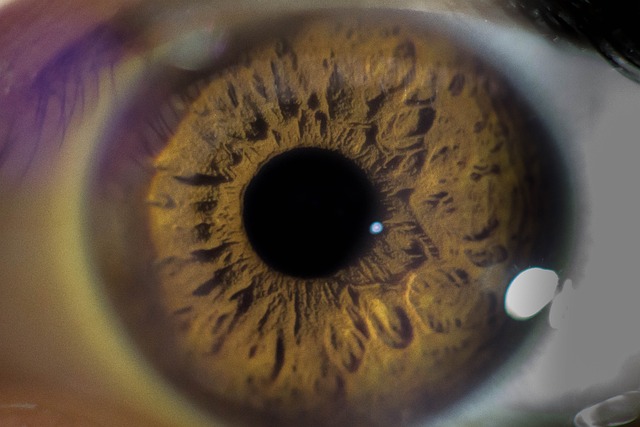Key points What is the performance of exophthalmos measurement with a smartphone? Findings In this cross-sectional study of 23 patients and 16 healthy volunteers, smartphone measurements appeared accurate and precise compared to Hertel exophthalmometry or a high-resolution scanner. Meaning These data support the use of a smartphone instead of a Hertel exophthalmometer to measure exophthalmos in the future. |
Importance
The current clinical standard for measuring abnormal eyeball protrusion remains the historic Hertel exophthalmometer, which is prone to reading errors. Therefore, a smartphone application has been developed to measure exophthalmos.
Aim
To evaluate a relatively simple non-invasive measurement method for exophthalmos using a smartphone.
Design, environment and participants
This cross-sectional study compared smartphone exophthalmometry with the existing reference standard, the Hertel exophthalmometer or a high-resolution professional three-dimensional scanner.
Participants were patients with exophthalmos due to Graves’ orbitopathy and other intraorbital conditions and healthy volunteers who were recruited between June 2019 and January 2022 at the Department of Ophthalmology, University Hospital Zurich.
Interventions
All participants were examined twice by 3 different operators using 3 different methods (smartphone, high-resolution scanner or Hertel exophthalmometer) at an interval of a minimum of 2 weeks or after exophthalmos exchange treatment.
Main outcome measures
Accuracy and precision, test-retest reliability, and interoperator reliability of eyeball protrusion measurements obtained with the smartphone compared to the Hertel exophthalmometer and high-resolution facial scanner.
Results
Of 39 participants, 23 patients (median [IQR] age, 54 [44-59] years; 15 [65%] women and 8 [35%] men) showed a mean difference in globe protrusion of 3.3 mm and 16 healthy volunteers (median age [IQR], 32 [30-37] years; 11 [69%] women and 5 [31%] men) of 0.8 mm without any significant difference between the 3 methods.
The accuracy and precision agreement between smartphone and Hertel exophthalmometer measurements of exophthalmos showed an intraclass correlation coefficient (ICC) of 0.89 (95% CI, 0.80-0.94) and 0. .93 (95% CI, 0.83-0.97) for the high-resolution scanner.
Interoperator agreement was highest for the high-resolution scanner (ICC, 0.99 [95% CI, 0.98-0.99]), followed by the smartphone (ICC, 0.95 [95% CI, 0.98-0.99]). %, 0.92-0.97]) and the Hertel exophthalmometer (ICC, 0.91 [95% CI, 0.85-0.95]).
Conclusions and relevance The findings of this study demonstrate relatively high accuracy and precision, inter-operator reliability, and test-retest reliability for smartphone exophthalmometry. These data support the use of a smartphone instead of a Hertel exophthalmometer to measure exophthalmos in the future. |
















